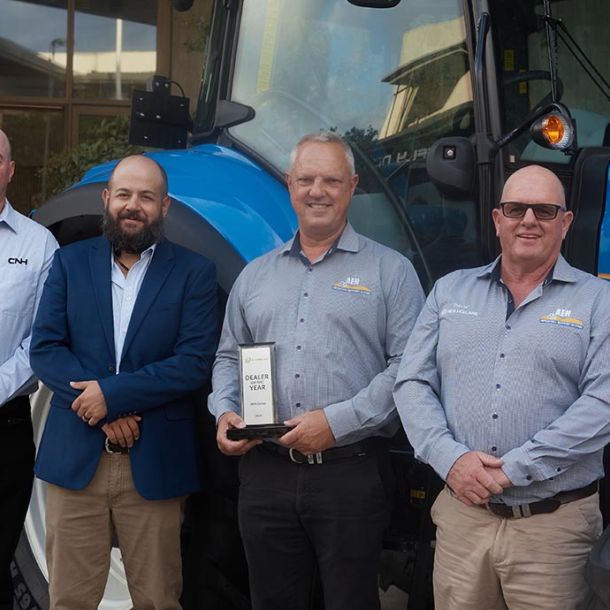When it comes to residue management, there’s one clear-cut winner
Strategies to manage residue – sometimes also known as trash, chaff, and straw, along with vertical stubble – may include burning, retention, inter-row cropping or incorporation.
To burn or not to burn?
Burning has long been regarded as a highly effective strategy for the complete elimination of biomass, leaving paddocks fully cleared in preparation for sowing. It’s also sometimes a necessary tool for controlling weeds, especially those that have developed herbicide resistance, or pests.
However, there is an increased awareness that a total lack of ground cover can leave soil fully exposed to the elements, stripping moisture from soil and leading to erosion. A study conducted at Wagga Wagga demonstrated that stubble retention reduced soil losses by almost two-thirds compared to burnt paddocks, and also increased infiltration of rainfall [1].
In cleared paddocks, weeds are able to propagate freely via airborne seeding, or from sub-soil elements to have survived the fire.
Burning also adversely impacts local air quality during the operation, and may contribute negatively to global warming and climate change.
The case for retaining residue
Retaining residue is increasingly considered to be more beneficial than burning, depending on the circumstances. Leftover residue and/or stubble from harvesting provides a moist ground cover that helps to minimise soil erosion and better retain its condition, and provides a ready source of nutrients for soil enrichment.
Lowering the combine platform and using the combine to thresh and spread the stubble is effective, but can be an expensive option due to the high cost of the combine. It also slows down the harvest at a time when crops need to be in the bin fast, to beat weather events and crop damage.
Residue has also been implicated in the issue of nitrogen tie-up - a temporary nitrogen lag during early crop growth stages, as microbes ‘borrow’ soil nitrogen to break down residue and stubble left over from the previous crop.
Wetter-than-usual conditions in recent seasons have been conducive to an increase in residue production and with nitrogen and water required to break down the crop stubble and residue, this can tie up much of the available nitrogen in the soil.
Field trials conducted by the Grains Research and Development Corporation over many years indicate that nitrogen tie-up can impact wheat yields by up to 0.3t/ha to 0.4t/ha.
Excessive amounts of residue can also impede seeding operations for an incoming crop using equipment such as a tyned seeder.
An alternative strategy
Another approach to residue management is inter-row cropping. This is when seeding equipment is set up to run the tines in between the previous year’s rows. This has proven effective in some regions, especially in the northern black and grey soils of Australia with 300 to 400mm tine spacing. However, the southern half of Australia is now reducing tine spacing to 250 or 200mm, to assist in crop weed control and yield benefits. As a result, fewer farmers are relying on this technique.
The incorporation approach
The final strategy is incorporation, and this is where K-Line Ag’s Speedtiller® comes to the fore. The dual-purpose disc tillage machine is an excellent example of this technique because it’s able to penetrate the soil at the ideal depth. The Speedtiller® chops up the residue and incorporates it back into the soil. Here, its nutrient value is much more easily accessible before being sustainably broken down.
The Speedtiller® also lifts the soil to reduce compaction and simultaneously levels the field, leaving a well-prepared seedbed in just one pass. Surface weeds are dislodged and buried below their optimal germination depth, where they can eventually break down.
Engineered for Australian conditions, the Speedtiller® is the ideal tool to take advantage of shorter windows of opportunity caused by volatile weather conditions.
The result is that the incoming above-ground crop has access to the nutrients it needs to thrive – sunlight energy (carbon), water and warm temperatures. Below the ground, crop roots and microbes continue to feed on the available nitrogen and carbon stored in the soil, rather than immobilising the nitrogen to help break down stubble residue.
Selectively deployed in the right circumstances with purpose-built equipment, incorporation can represent a best-of-both-worlds solution to the issue of residue management, leaving behind loose, fertile soil that’s ready for the next sowing.








